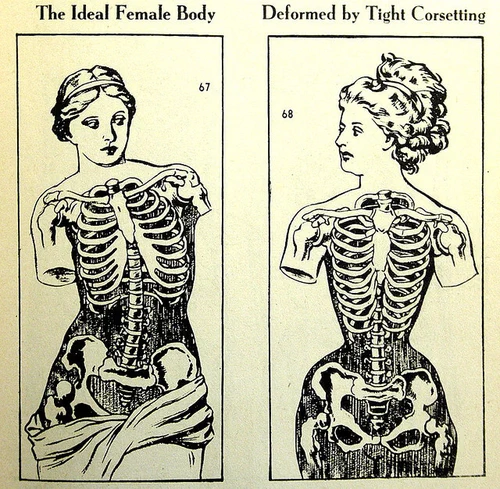Freeing the Chest: Empowering Personal Breath
¥700 Original price was: ¥700.¥480Current price is: ¥480.
Breathing is so much more than just a survival mechanism—it’s a dynamic and essential process that influences the quality of our movements and our embodied presence.
A fluid and natural breath is fundamental for optimizing motor coordination and enhancing the fluidity of our gestures, ultimately leading to greater physical comfort. In this sense, conscious breathing becomes a powerful lever to enhance our overall well-being, intricately interacting with our emotional and mental states.
Join us for a workshop that invites you to explore techniques designed to liberate your chest, restoring a natural breath that enriches your posture and movements while deepening your emotional balance.
Flexibility, Posture, and Movement
The chest serves as a critical intersection between the diaphragm and the spine, playing a fundamental role in both respiration and bodily mechanics. A rigid chest, often caused by chronic tension or poor ergonomics, can hinder lung expansion and disrupt movement fluidity.
Through gentle, precise movements, we will focus on releasing accumulated tension around the sternum, ribs, and upper back.
Consider a common posture: sitting for prolonged periods in front of a screen. This often leads to a closed chest, rounded shoulders, and a flexed back, limiting not only breath but also the optimal alignment of the spine.
By revitalizing the openness and mobility of the chest, we create space for a fuller breath, enabling a more stable and conscious posture.
Our goal here is not merely to correct posture but to rediscover an intrinsic movement dynamic that brings us closer to greater comfort and away from musculoskeletal issues.

Explore Pascal’s article on the topic: The Dynamics of Unfinished Events.
The synergy between the chest and the spine is essential for harmonious, integrated movements. Through targeted exercises, we will strengthen this connection, allowing breath to guide each movement with fluidity and intention. For example, by synchronizing breath with subtle spinal rotations, we will learn to adjust our gestures in harmony with the natural rhythm of our breath. As a result, our movements will become more graceful and light, enhancing self-awareness and better preventing physical incidents.
“When we integrate lightness and elegance into our way of moving, we become more receptive to subtle signals of discomfort that may herald a decline in our state. This sensitivity enables us to take better care of ourselves.” – Pascal
Natural Breath and Emotional Balance
It is well established that our emotions are intrinsically linked to our breathing patterns. In response to stress or anxiety, our breath can become shallow or irregular, causing tension in the chest and diaphragm. This creates a vicious cycle: restricted breathing amplifies stress sensations, thereby increasing bodily rigidity. It is crucial to recognize that this interaction between mind and body is bidirectional.
By returning to a breath that is our own—natural and conscious—we can break this cycle. When anxiety arises, rediscovering a full and relaxed breath can release muscular tensions in the chest and diaphragm, calming the nervous system.
This return to natural breath provides an effective way to escape restrictive emotional patterns, guiding us toward a more stable state of balance.
Without awareness, this dynamic can spiral downward, exacerbated by the dynamics of “unfinished events.” Over time, breath contracts, and the chest progressively stiffens.
By returning to a breath that is our own—natural and conscious—we can break this cycle. When anxiety arises, rediscovering a full and relaxed breath can release muscular tensions in the chest and diaphragm, calming the nervous system. This return to natural breath provides an effective way to escape restrictive emotional patterns, guiding us toward a more stable state of balance.

Each emotional state possesses its own “breath signature,” which in turn leads to a “posture signature.” Anger may manifest as rapid, shallow breathing, while sadness often presents as a heavy, irregular breath.
Through the practice of breath awareness, we can gain a deeper understanding of our emotional landscape, facilitating a swift return to inner calm. This effortless connection to our personal breath helps soothe the mind and can even improve sleep quality.
Towards a Breath That Belongs to You
Rather than striving for an “ideal” or “correct” breath, we invite you to rediscover the benefits of breath “signatures” that truly belong to you—breathing that supports your intentions and movements, allowing you to interact with your environment and emotional states more fluidly.
By releasing accumulated tensions in the chest, establishing harmony with the spine, and cultivating a more fluid breath, you will observe notable changes not only in your movements and posture but also in your ability to manage daily emotions and stress.

By returning to a breath that resonates with your whole being, you will access a level of bodily awareness and emotional balance that sustainably supports your well-being.
Join us to transform your breath and enhance your life!
Course details:
- Live streaming workshop
- Live demo
- On-demand replay of each session
- Workshop time: every Tuesday 19:00-20:00
- Starting date: 2024-10-22
- 8 movement sessions based on Feldenkrais
- Awareness Through Movement method
- Lectures on functional anatomy
- Questions and answers
- Media: explanatory audio and videos









